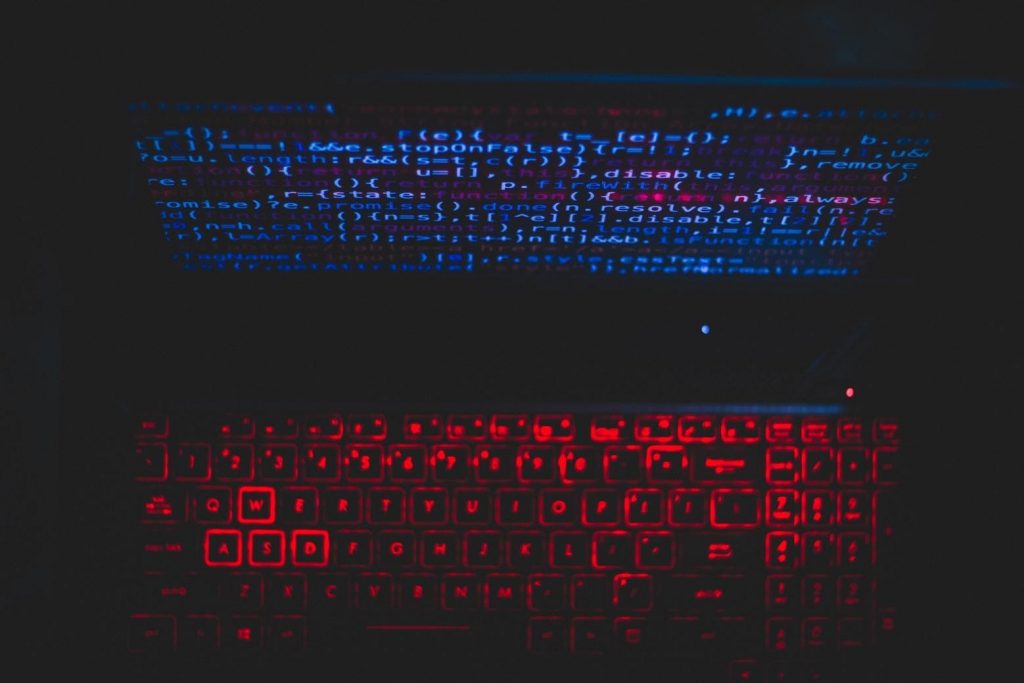Trying to describe that you are a human and not a robot when accessing websites is becoming harder and harder.
It all started as a simple, small button with the words “I’m not a robot” on it. The need to prove what this button was capable of, kicked in and developers started to alter it to produce requests that were assumed only human could solve.
We are all aware of the image grid we are greeted with anytime we want to access a website. This is precisely what we are talking about and if you could recall what this tool’s journey has been like; it has featured image tests of traffic lights, crosswalks, storefronts and the annoying fire hydrants.
No matter how stirring these tests may sound in writing, they are dispiriting and, to some extent, challenging for a typical web explorer to solve. Now imagine that this was a decade ago and these tests have been improving up to date.
Captcha is what these tests (now turning to be impenetrable) are well known as. In full, CAPTCHA stands for Completely Automated Public Turing tests to tell Computers and Humans Apart. There are a lot of guides online on how this works and how it can be bypassed. If you’re interested, you can find more useful information about captchas here.
A little history of CAPTCHAs
The most common type of CAPTCHA was invented in 1997. In the early 2000s, these tests were just simple images or texts where some letters were twisted, and some slight background gradient added. A decade later, Google bought this tests program from the developers- Carnegie Mellon Researchers.
Google’s main intention of acquiring this program was to digitize Google books. In this regard, there was need to twist and obscure texts even more. What’s more, optical character recognition programs were improving and there was also need to improve the CAPTCHAs too.
Where the difficulty in CAPTCHAs came in
The transition from the simple texts and the grid images to whatever CAPTCHA is all about today has made humans almost totally beaten by machines in solving these tests. Take an example of the machine learning algorithms that Google created in 2014 against humans in solving highly distorted CAPTCHAS. The machine got the test correct 99.8% of the time while humans struggled, clocking just 33%.
Even with the move to change the standard CAPTCHA to NoCaptcha ReCaptcha that allowed humans to pass the barrier by a button ‘I’m not a robot’, or via simple modern image labeling, machines still caught up.
Supporting evidence that there has been an increase in CAPTCHA difficulty
Jason Polakis, a computer science professor at the University of Illinois Chicago, published a paper showing that image recognition tools are better in solving these tests showing an impressive 70% accuracy. He also stated that the more we try to make it hard for machines, the more we make it even harder for humans.
Bots aren’t necessarily clever – Humans tackle the tests extremely badly
Please don’t misquote me, as this is not to mean that humans are dumb either. It is just that the diversity in languages, cultures and experiences make some test only suitable to certain regions. Unless there is a way to get rid of this diversity, it will still be hard for humans to solve CAPTCHA no matter how hard we try.
The perfect solution will only be found if a test beyond human capabilities (including physical, cultural and language abilities) is developed. Additionally, it has to be something that is easy for the average human but hard for computers.
Even if bots were more intelligent, we couldn’t run to them either
A new model of bot detectors makes it hard for even the finest bots to proceed far from the tests stage. Today, it’s also hard to navigate the web with a bot as anti-cracking extensions and VPNs can quickly identify suspicious activities and challenge/block you.
The CAPTCHA – HUMAN challenges won’t last forever!
According to Aaron Malenfant, a technical lead in Google CAPTCHA team sentiments, there is a plan to move away from Turing tests entirely as this is the only way to prevent humans from constantly losing. Malenfant also added that in the future, the web will have a secret Turing test that will run in the background to distinguish robots from humans.
Considering that there are clever bots that also make errors such as typos just like humans, conventional CAPTCHAs will have to be faced out. People must accept that it’s challenging to prove humanity in a conversation. Let’s just hope that the new Turing tests model will eliminate the problems humans have been facing with current CAPTCHAs.
Why Captchas Have Gotten So Difficult
November 12, 2021 By




